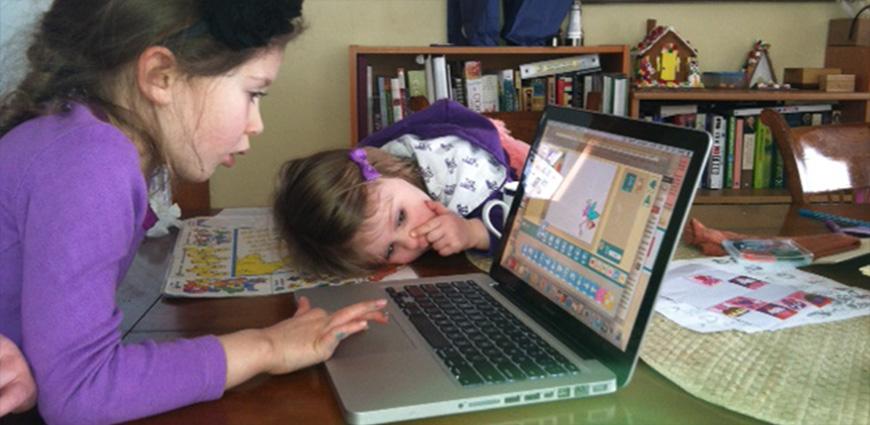Code to Learn, Learn to Code
- Thursday, 13 March 2014 14:26
- Last Updated: Thursday, 13 March 2014 14:26
- Published: Thursday, 13 March 2014 14:26
- Ezra Lerner
- Hits: 8548
 "Everyone agrees we need more professional coders in America," said David Siegel at a workshop called Code to Learn, Learn to Code, hosted by the Scarsdale High School PTA on Tuesday March 1. Keynote speaker and computer programmer David Siegel, gave a talk about the inter-disciplinary benefits of coding. Siegel enjoys coding he said, because of "the thrill and the benefits and the joy that comes from learning a new language, a different language." As head of the Code to Learn, Learn to Code foundation, Siegel acknowledged the growing need for programmers in America.
"Everyone agrees we need more professional coders in America," said David Siegel at a workshop called Code to Learn, Learn to Code, hosted by the Scarsdale High School PTA on Tuesday March 1. Keynote speaker and computer programmer David Siegel, gave a talk about the inter-disciplinary benefits of coding. Siegel enjoys coding he said, because of "the thrill and the benefits and the joy that comes from learning a new language, a different language." As head of the Code to Learn, Learn to Code foundation, Siegel acknowledged the growing need for programmers in America.
After a brief introduction to the history of coding, Siegel began to talk about programming's accessibility to the public. While many people only think about coding in terms of complicated programs like Java, which is "not something that is easily and readily accessible to a lot of people," according to Siegel, with programs used in the elementary school like Scratch, " you can learn how to code in first grade." Without this information, Siegel believes your knowledge about computers is very limited. "If you don't have basic coding skills, if you don't have computer fluency, you won't be able to imagine what a computer can do." This is part of the scientific discovery that he believes helps us understand our world.
Siegel also explained that there were many life skills that can be honed through coding, including problem solving, organization, and delegation. These are skills he believes that are not usually taught in school. "How often are you given something that is big and complicated, and taught to decompose it into smaller pieces that can be addressed individually."
After Siegel's presentation, Doug Rose, the middle school computer teacher, and Greg Leong and Jodi Giroux, the high school computer teachers, "gave a state of the union," in the words of principal Kenneth Bonamo, about the high school computer education program. Doug Rose started, "We [the middle school] have long believed very strongly that we are approaching the use of these resources within the disciplines." This strong belief has led to the creation of a 6th grade coding class in order to teach programming skills early to all middle school students. The philosophy behind such a program was "a nice place where children from 5 different elementary schools come together in order to launch them on their 3 year middle school career's," according to Rose.
The High School teachers' presentation began with information about the two Computer Science classes offered at the high school. Intro to Computer Science, taught by Greg Leong, offers information about a wide range of computer programming languages used in today's society. The goal Leong says, is to offer "different exposure to different areas, that kids may not have had experience with." The AT Computer Science course taught by Doug Vermes is a much more specific course that offers experience with the computer programming language Java. Despite the growing use of technology in schools, "We do not have a formal, universal technology class that students at the high school cycle through," Giroux explains.
Finally, the high school teachers spoke about HackScarsdale, a technology-programming club that meets in order to work on independent projects that are of interests to the students. " The whole point of this program is to take kids who are interested in programming, and give them some opportunity to implement their ideas," said Giroux. The class meets several times a month, and has an open invitation to all students who would like to join. Every speaker in the room agreed that all of these programs, both at the Middle and High school level have served to increase the breadth of information about the topic. " Every year students who arrive in the high school, know a little bit more than the students who arrived in the high school last year," Giroux said.










